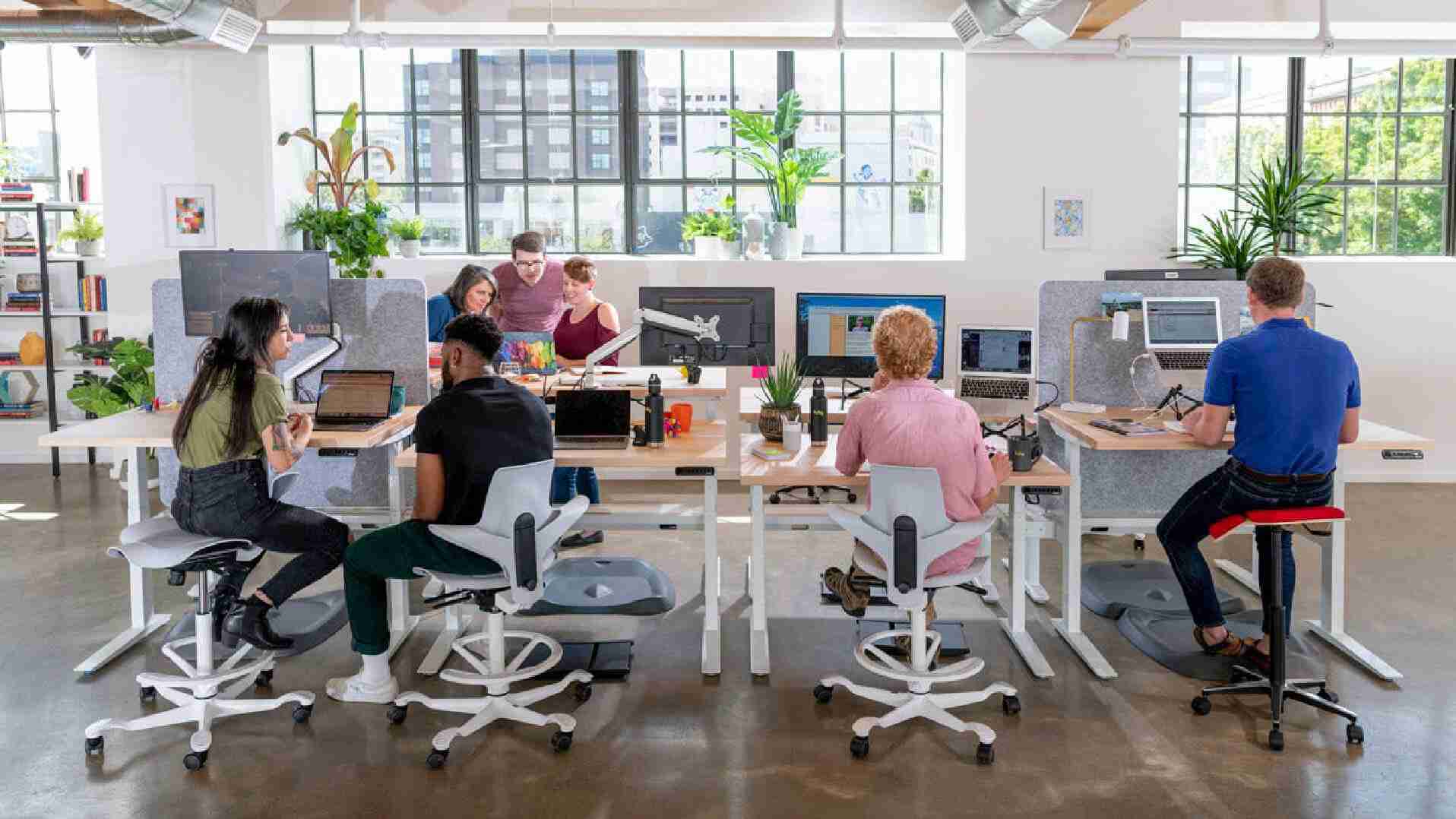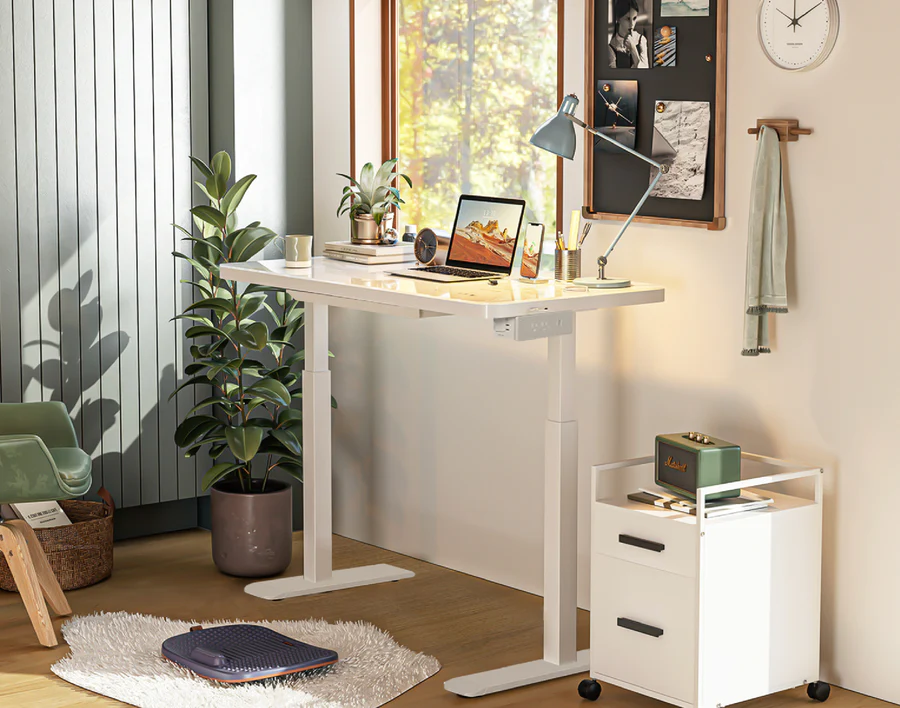Physical Address
304 North Cardinal St.
Dorchester Center, MA 02124
Physical Address
304 North Cardinal St.
Dorchester Center, MA 02124

You can use our Design My Office feature for personalized recommendations for your commercial space and to make it easier to order home office equipment for your employees.

The COVID-19 pandemic has indelibly transformed the modern workplace, accelerating the adoption of flexible work policies that enable employees to split time between remote and in-office work. As companies plan their return-to-office strategies, it is evident that flexible scheduling has become non-negotiable for most employees today. Less than 20% of employees wish to return to the traditional model of full-time office-based work with no flexibility, according to recent surveys by Gallup. The vast majority now prefer a hybrid framework allowing them to work remotely for some days.

Flexible work arrangements provide benefits extending beyond employees to significantly advantage employers as well. As companies recognize this, they are proactively building cultures of flexibility to future-proof their operations against disruptions like outbreaks or natural calamities necessitating remote work.

Constructing flexible schedules is integral for most companies today given the preference among employees for hybrid models. Some key strategies include:
Allowing employees to vary start and end times, as long as core hours are covered. This facilitates personal obligations outside work and enhances perceived autonomy.
Permitting employees to work remotely for part of the week at their discretion. For example, mandating just 3 in-office days.
Compressing a full-time workload into four longer days instead of five standard days to allow for an extra non-working day. Microsoft Japan reported a 40% boost in productivity from a similar initiative.
Establishing a formal remote work policy detailing expectations and best practices for employees to work productively from home or co-working spaces.
Enabling two employees to share one full-time role with clearly delineated duties and schedules, made easier by hybrid models.
Offering open-ended paid time off instead of fixed allocations to provide employees control over work-life balance.

While remote and hybrid models reduce office occupancy rates, thoughtfully designed workspaces remain vital to motivate on-site employees and facilitate collaborations enabling innovation.
As pandemic restrictions ease, companies cannot expect employees conditioned to flexible work during lockdowns to revert to inflexible models. Those that proactively transform their cultures to enable hybrid frameworks will gain distinct competitive advantage in attracting, engaging and retaining top talent. The future of work will undoubtedly be flexible, with both employers and employees emerging as winners.
Workplace flexibility offers several benefits, including cost savings from reduced office space, enhanced employee engagement, increased job satisfaction, improved retention, and preparedness for future emergencies.
Companies can transition to a hybrid model by experimenting with flexible work hours, introducing flex days, opting for a four-day workweek, facilitating remote work, implementing job sharing, and offering unlimited PTO and sick days.
Technology plays a crucial role in enabling remote and hybrid work models, enhancing productivity and collaboration, and driving automation and digital transformation in the workplace.
Employee mental health and wellbeing are vital for maintaining a productive, engaged, and satisfied workforce. Companies are now providing mental health resources and wellness programs to support their employees.
Post-COVID-19, workplace design is evolving to accommodate flexible work models with ergonomic setups. This includes creating spaces that support both in-office and remote work and prioritizing ergonomic furniture for employee health and productivity.